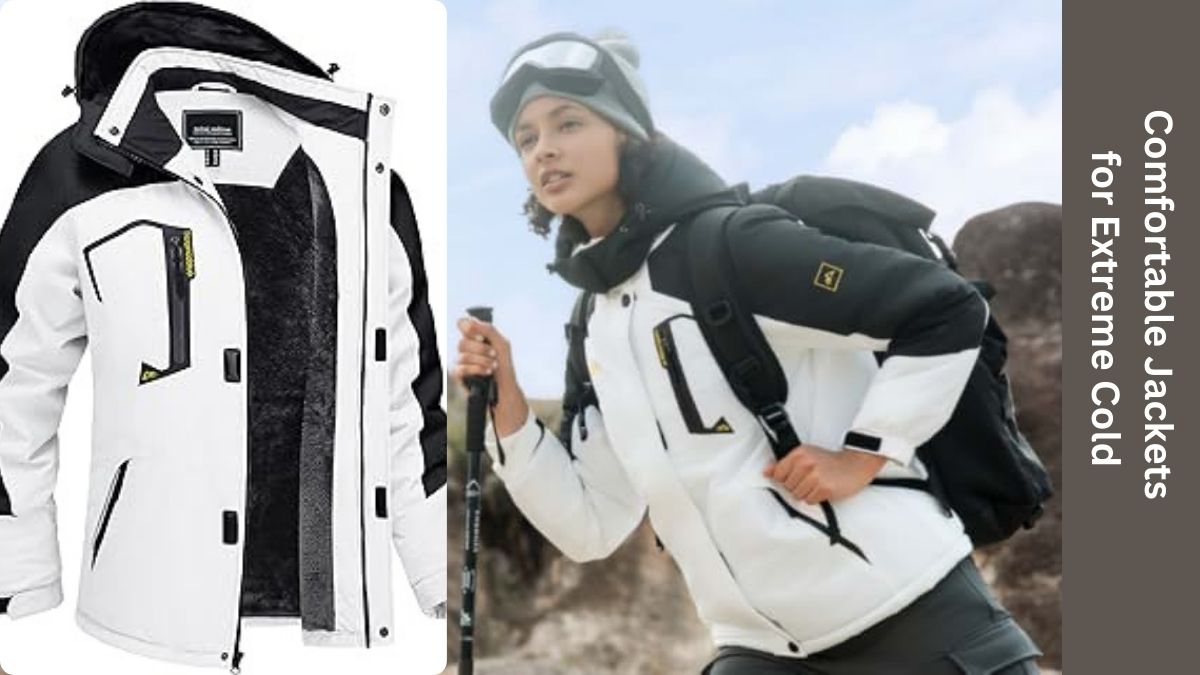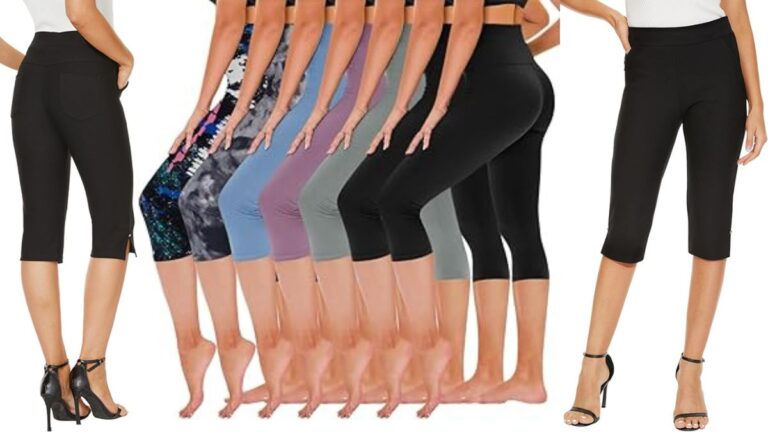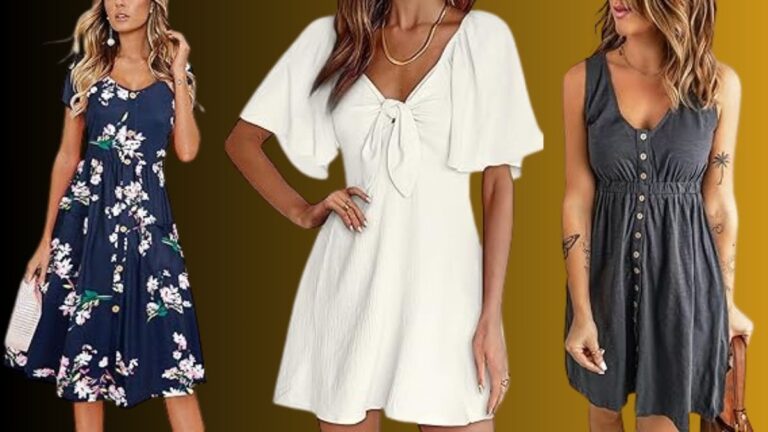Comfortable Jackets for Extreme Cold

Introduction
Comfortable Jackets for Extreme Cold. When the mercury dips to freezing temperatures, the right jacket can distinguish between comfort and misery. Whether you’re navigating icy city streets, trekking snowy trails, or braving bitter winds, investing in a quality jacket is essential. Jackets designed for extreme cold are more than just layers of fabric—they are meticulously engineered to protect you from harsh elements while keeping you cozy and mobile.
From insulation to weather resistance, every detail matters when selecting a jacket for extreme cold. Let’s dive into the world of warm jackets and uncover what makes them perfect for winter’s wrath.

Types of Jackets for Extreme Cold
- Parkas
Parkas are synonymous with winter. These long, insulated jackets are designed to provide superior warmth, often extending below the waist for added coverage. Featuring thick insulation and fur-lined hoods, parkas are ideal for sub-zero conditions. Brands like Canada Goose and The North Face offer premium parkas that blend style and functionality.
- Insulated Jackets
Insulated jackets come with various filling options:
- Down Insulation: Made from duck or goose feathers, down is incredibly warm and lightweight. However, it can lose its insulating power when wet.
- Synthetic Insulation: Often made of polyester, synthetic insulation retains heat even when damp, making it a practical choice for wet environments.
- Wool Insulation: A less common but sustainable option that offers warmth and natural moisture-wicking properties.
- Shell Jackets
- Shell jackets act as a protective outer layer against wind and rain. They’re not insulated but can be paired with warm layers underneath. These jackets are indispensable for activities like hiking and skiing, where weatherproofing is crucial.
- Fleece Jackets
Fleece jackets are perfect as mid-layers, offering softness and warmth without bulk. While not ideal as standalone outerwear for extreme cold, they pair well with insulated or shell jackets.
Key Features to Look for in Extreme Cold Jackets
- Insulation
Choosing the right insulation is critical. Down is best for dry, freezing conditions, while synthetic works well in wetter climates. Look for high fill power (600+) in down jackets for optimal warmth.
- Outer Material
The outer shell should be durable, waterproof, and windproof. Fabrics like Gore-Tex or Pertex are industry leaders in providing reliable weather resistance while remaining breathable.
- Design Features
Functional design elements can significantly enhance comfort:
- Adjustable hoods provide extra protection for your head.
- Cuffs and hems that seal in warmth and keep out the cold.
- Ample pockets for storing essentials and keeping hands warm.
- Weight and Mobility
- Heavy jackets may restrict movement, so lightweight designs that maintain insulation are a game-changer. Jackets like those from Arc’teryx strike a perfect balance.

Top Brands Known for Extreme Cold Jackets
- Canada Goose
Canada Goose is synonymous with luxury winter wear. Known for their premium materials and craftsmanship, their parkas, like the Expedition Parka, are built for Arctic conditions.
- The North Face
The North Face offers a versatile range of jackets, from urban styles to adventure-ready gear. Their ThermoBall collection is particularly popular for its lightweight synthetic insulation.
- Patagonia
Patagonia combines warmth with sustainability. Their jackets are made with recycled materials, ensuring you stay warm while reducing environmental impact.
- Arc’teryx
A brand celebrated for performance, Arc’teryx offers sleek designs with cutting-edge technology. Their Alpha Parka is a favorite among outdoor enthusiasts.
Styling Tips for Extreme Cold Jackets
Who says you can’t stay stylish in extreme weather? Pair your jacket with bold accessories like knit scarves and beanies to add a personal touch. Neutral colors like black, navy, or beige are timeless, but vibrant hues like red or teal can make a statement.
Maintenance Tips for Cold Weather Jackets
Regular cleaning will keep your jacket in top shape. For down—or synthetic-filled jackets, use a mild detergent and avoid fabric softeners, which can reduce their effectiveness. To maintain their insulation, always store them in a cool, dry place.
Best Jackets for Specific Activities
- Hiking: Lightweight, waterproof options like The North Face Apex Flex GTX are excellent for rugged terrain.
- Skiing and Snowboarding: Look for insulated, waterproof designs like Patagonia’s Powder Bowl Jacket.
- Everyday Wear: For urban environments, opt for jackets like Canada Goose’s Langford Parka, which combines functionality with sophistication.
Budget-Friendly Options for Extreme Cold
Staying warm doesn’t have to break the bank. Brands like Columbia and Decathlon offer high-quality options at affordable prices. Look for sales during off-seasons to snag premium jackets at discounted rates.

Buying Guide for Comfortable Jackets for Extreme Cold
Choosing the right jacket for extreme cold can be a daunting task with so many options available. This buying guide will walk you through the essential factors to consider, helping you make an informed decision to stay warm and comfortable during the harshest winters.
1. Determine Your Primary Use
Before purchasing, identify how you will use the jacket:
- Outdoor Adventures: For activities like hiking or skiing, prioritize mobility, lightweight materials, and waterproofing.
- Casual Wear: If you need a jacket for everyday use, look for a blend of style and warmth.
- Work Environments: For those working outdoors, durable and functional jackets with added safety features are crucial.
2. Understand Insulation Types
The type of insulation largely determines how warm the jacket will be. Here’s what you need to know:
Down Insulation:
- Made from goose or duck feathers.
- Excellent for dry, freezing conditions.
- Look for high fill power (600+), which indicates a better warmth-to-weight ratio.
- Downside: Loses warmth when wet unless treated with a water-resistant coating.
Synthetic Insulation:
- Often made of polyester fibers like PrimaLoft.
- Retains heat even when damp.
- Ideal for wet climates and is easier to clean.
Wool Insulation:
- Natural, sustainable, and moisture-wicking.
- Suitable for mild colds, but less common for extreme conditions.
3. Choose the Right Outer Shell Material
The outer shell protects against wind, water, and snow. Consider the following:
Waterproof vs. Water-Resistant:
- Waterproof materials like Gore-Tex keep you dry in heavy rain or snow.
- Water-resistant jackets handle light precipitation but are more breathable.
Windproof Fabrics:
- Essential for windy conditions to prevent heat loss.
Breathability:
- Crucial for physical activities to avoid sweat buildup, which can make you cold.
4. Look for Essential Features
Modern jackets come with features designed to enhance comfort and functionality. Some key features include:
- Adjustable Hoods: Protect your head from wind and snow. Fur-lined or insulated hoods offer extra warmth.
- Pockets: Deep and insulated pockets are perfect for storing items and keeping hands warm.
- Adjustable Cuffs and Hems: Prevent cold air from entering and help retain body heat.
- Zippers and Closures: Ensure smooth operation and durability, even in freezing temperatures.
5. Consider the Fit and Mobility
- Slim Fit: Ideal for layering but may restrict movement.
- Relaxed Fit: Offers more room for extra layers, perfect for extreme cold.
- Articulated Sleeves: Allow a better range of motion for outdoor activities.
6. Assess Temperature Ratings
Many brands provide temperature ratings for their jackets, indicating the range in which they are most effective. Check this to ensure the jacket matches your needs. For sub-zero conditions, opt for jackets rated for at least -20°F or lower.
7. Know the Top Brands for Extreme Cold Jackets
Some brands specialize in creating jackets for harsh winters:
- Canada Goose: Known for premium parkas with extreme warmth and durability.
- Patagonia: Sustainable and functional options for outdoor enthusiasts.
- Arc’teryx: High-performance jackets with advanced technology.
- The North Face: Versatile designs suitable for both urban and outdoor settings.
8. Budget and Value
Cold-weather jackets vary widely in price. While high-end brands offer superior quality, there are budget-friendly options with excellent performance:
- Look for seasonal sales or discounts on previous models.
- Consider brands like Columbia or Decathlon for affordable yet reliable options.
9. Pay Attention to Weight
Heavy jackets may feel cumbersome, especially during active use. Lightweight options with high-performance insulation are ideal for those who need mobility and warmth.
10. Check the Warranty and Return Policy
Investing in a cold-weather jacket can be expensive. Ensure the brand offers a good warranty and a hassle-free return policy, giving you peace of mind.
11. Styling Tips
If you want a jacket that keeps you warm but also looks good:
- Neutral tones (black, navy, gray) are timeless and versatile.
- Bright colors (red, teal, orange) add a fun, stylish touch.
- Pair with winter accessories like scarves, gloves, and beanies for a polished look.

FAQs
1. What’s the warmest jacket material for extreme cold?
Down insulation is considered the warmest, especially with a high fill power.
2. Are down jackets better than synthetic ones for extreme cold?
Down is warmer but less effective in wet conditions, while synthetic performs well in damp environments.
3. How can I make my jacket last longer?
Clean it properly, store it in a cool, dry place, and repair minor damages promptly.
4. What’s the difference between a parka and a jacket?
Parkas are longer and typically warmer, covering more of the body than standard jackets.
5. Can I wear an extremely cold jacket in mild winters?
Yes, but it might feel too warm. Look for lightweight options suitable for mild temperatures.

Conclusion
Choosing the right jacket for extreme cold ensures you stay warm, comfortable, and stylish no matter the conditions. With options ranging from high-performance parkas to versatile insulated jackets, there’s something for everyone. Prioritize insulation, durability, and fit to make the most of your investment. Stay warm and conquer winter like a pro!
You can see Tips for Buying Quality Best Unique Winter Sale Products on Amazon. Maybe you like it. Details Here



